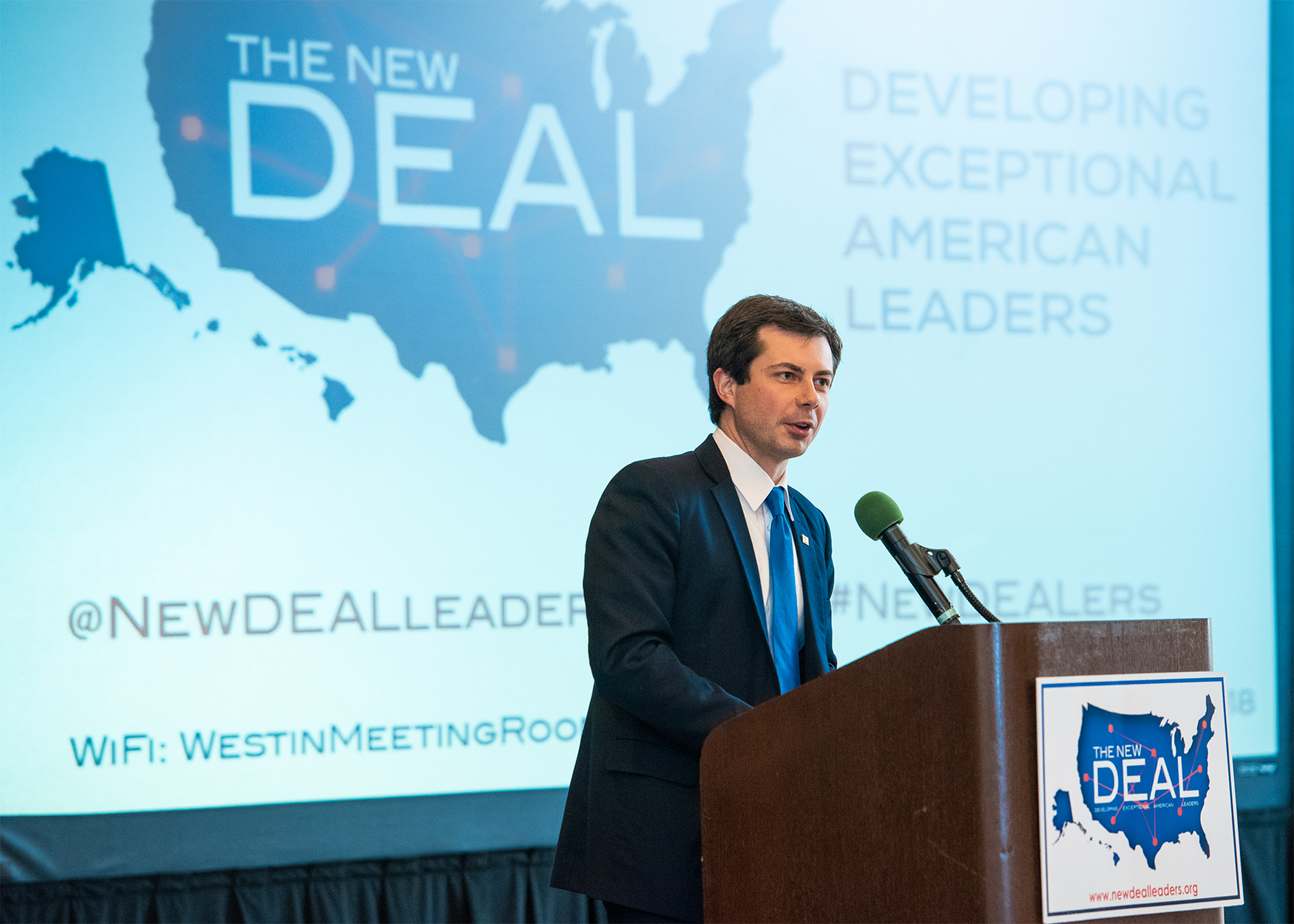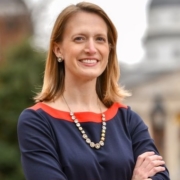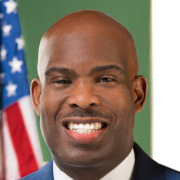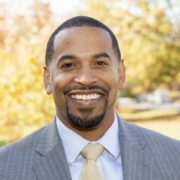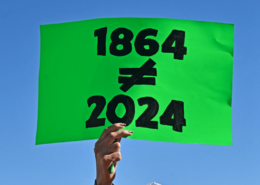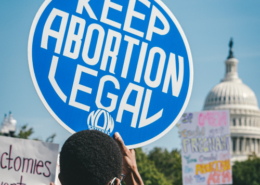Addressing the impacts of the cliff effect in Massachusetts
Problem
We know people are working harder and harder but not getting ahead. This problem is particularly salient for our large numbers of low-wage workers depending on public assistance to make ends meet. The Department of Transitional Assistance serves one out of every nine people in Massachusetts with cash benefits and food assistance, but the structure of these programs means that in many cases, benefits are actually contributing to prolonged financial instability. Specifically, eligibility for public benefits has an inverse relationship to income level, which often puts recipients in an impossible position: earning more money can make them worse off if it boosts their income enough to make them ineligible for these benefits. This drop in public benefits that occurs as earnings increase is known as the “cliff effect,” and it explains why some low-wage workers find themselves worse off after a raise.
Solution
We need to offset the disproportionate impact that the cliff effect has on families transitioning out of public assistance and allow them to transition off of benefits without facing an income cliff. My bill, S.119, begins to address this by creating a 3-year pilot program for 100 low-income Western Massachusetts families or individuals who are both working and receiving public assistance. Participants will receive a Massachusetts Earned Income Tax Credit adjustment that rewards work and closes the cliff effect gap during each year of the 3-year program. This bill also includes a savings component of up to $10,000 per participant that would be paid out after the third year of the program. The pilot will test whether the Massachusetts Earned Income Tax Credit can be enhanced to create an effective tool for the state to close the cliff gap in order to ensure that workers are not worse off financially as they move up the income scale.

